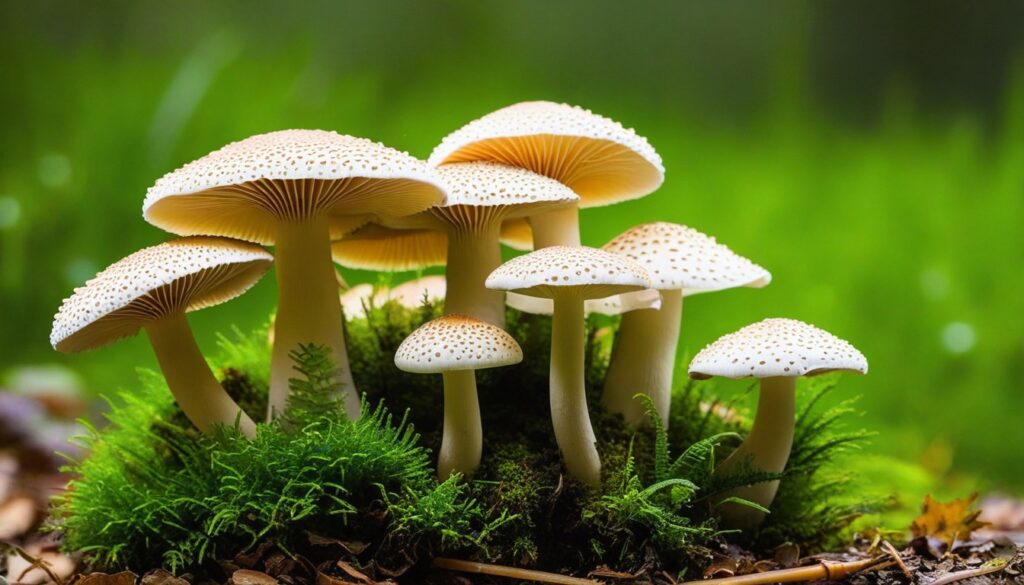Welcome to the exciting world of growing tidal wave mushrooms! Are you a mushroom enthusiast looking to cultivate something unique and flavorful in your own home? Look no further! In this section, we will guide you through the process of cultivating tidal wave mushrooms step-by-step. We will cover everything from understanding these delightful mushrooms’ characteristics to selecting the right growing environment to harvesting and storing them correctly.
Key Takeaways:
- Learn how to grow tidal wave mushrooms at home.
- Understand the unique characteristics of tidal wave mushrooms.
- Choose the right growing environment for tidal wave mushroom cultivation.
- Source high-quality tidal wave mushroom spawn.
- Prepare a nutrient-rich substrate for your mushrooms.
Understanding Tidal Wave Mushrooms
Before you begin growing tidal wave mushrooms, it’s crucial to understand their unique characteristics. These mushrooms, also known as Pleurotus ostreatus, are a species of oyster mushroom with a distinct appearance and flavor.
Tidal wave mushrooms are named after their wavy, ruffled appearance, resembling the ocean’s waves. These mushrooms have a grayish-brown to dark brown hue, with caps that measure 5-25 cm in diameter. The caps are broad and spoon-shaped, with undulating margins that make them stand out from other mushrooms.
When it comes to flavor, tidal wave mushrooms have a mild, nutty taste that enhances the flavor of any dish. They are low in calories and high in protein, making them an excellent addition to any diet.
One of the unique characteristics of tidal wave mushrooms is their ability to adapt to different growing environments. They can thrive in both indoor and outdoor settings, making them a versatile choice for mushroom cultivators.
“Tidal wave mushrooms have a mild, nutty taste that enhances the flavor of any dish.”
If you’re looking for a mushroom that is easy to grow and offers a distinctive flavor profile, tidal wave mushrooms are an excellent choice. With their unique appearance and taste, you’ll be sure to impress your family and friends with your harvest.
Choosing the Right Growing Environment
Creating the perfect environment for your tidal wave mushrooms to grow is crucial to their success. Indoor cultivation is the most popular method for growing these mushrooms since it allows for greater control over the growing conditions.
Location
Choose a clean and well-ventilated room where you can control the temperature, humidity, and lighting. Make sure the room is free from drafts, direct sunlight, and any potential sources of contamination, such as pets, dust, or chemicals.
Temperature
Tidal wave mushrooms require a consistent temperature between 68-77°F (20-25°C) during the growing cycle. Use a thermometer to monitor the temperature and adjust it as needed. Avoid sudden temperature changes as they can stress and damage your mushrooms.
Humidity
High humidity is crucial for the growth of tidal wave mushrooms. Keep the relative humidity between 85-95% by misting the air and substrate regularly. You can also use a humidifier to maintain optimal conditions. Make sure to ventilate the room to prevent the buildup of excess moisture.
Lighting
Tidal wave mushrooms do not require direct sunlight as they tend to grow in shaded areas in the wild. However, they do need some light to trigger the fruiting process. Use gentle ambient lighting or fluorescent bulbs for 12-16 hours a day. Avoid using incandescent bulbs as they produce too much heat and can dehydrate your mushrooms.
Sourcing Tidal Wave Mushroom Spawn: Tips for Buying Mushroom Spawn
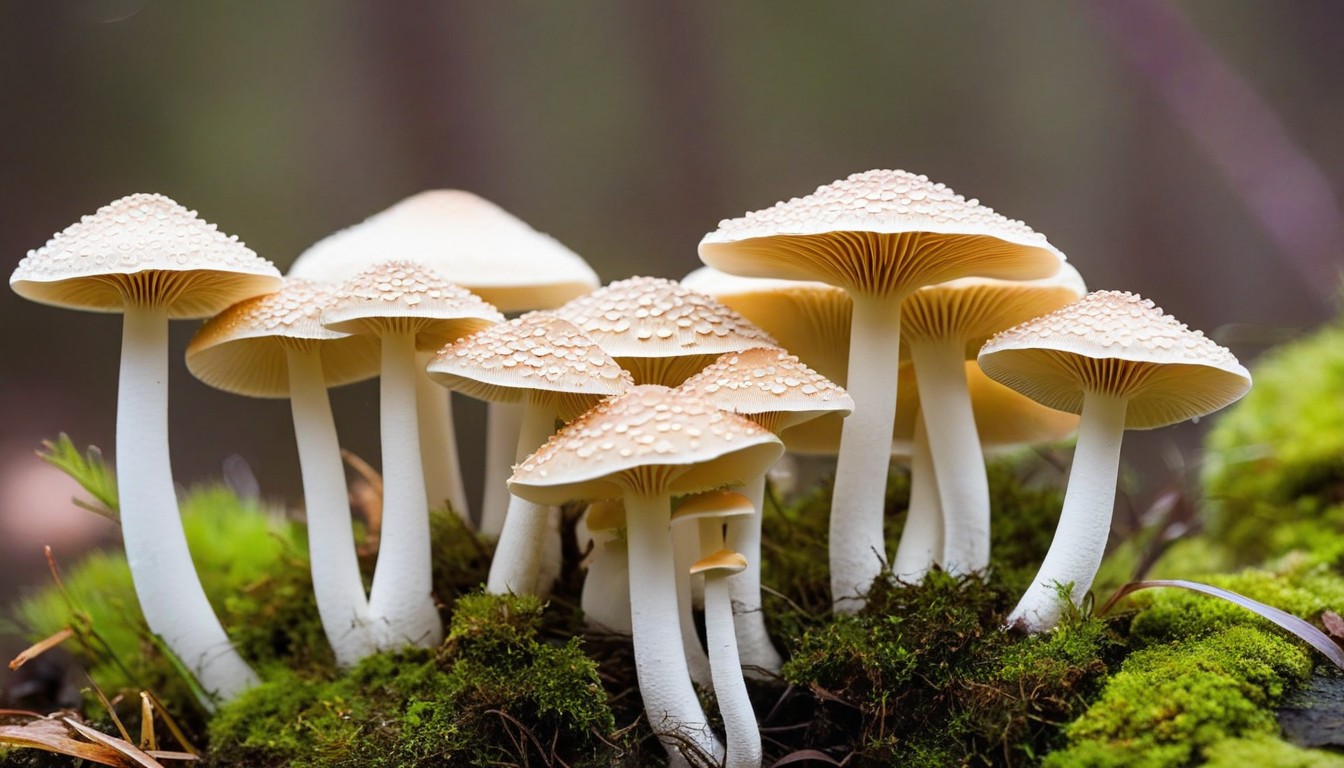
Before you can cultivate tidal wave mushrooms, you need to obtain high-quality mushroom spawn. Mushroom spawn is a vegetative material containing live mycelium, essential for mushroom growth.
There are several options for sourcing tidal wave mushroom spawn. You can purchase ready-to-use spawn or opt to grow your own by collecting it from mature tidal wave mushrooms. Here are some tips to help you make the right choice:
Purchasing Tidal Wave Mushroom Spawn
If you decide to buy tidal wave mushroom spawn, it’s essential to purchase it from a reputable supplier. Look for suppliers who specialize in mushroom spawn and supply high-quality, disease-free products.
You can purchase tidal wave mushroom spawn online, at garden centers, or from local mushroom growers. When buying online, read product reviews, and check the supplier’s reputation before placing an order.
Growing Your Own Tidal Wave Mushroom Spawn
Growing your own tidal wave mushroom spawn can save you money and give you more control over the growing process. To do this, you will need to collect tissue samples from mature tidal wave mushrooms and transfer them to a nutrient-rich growing medium.
This process requires some experience and knowledge of mushroom cultivation. It’s essential to follow recommended procedures to avoid contamination and ensure healthy mushroom growth. If you’re new to mushroom cultivation, it’s best to purchase ready-to-use spawn and focus on perfecting your cultivation techniques first.
Preparing the Growing Substrate for Tidal Wave Mushrooms
When it comes to growing tidal wave mushrooms, choosing the right substrate is essential for their overall health and productivity. The substrate serves as the food source for your mushrooms, providing them with the necessary nutrients to grow and flourish.
Growing substrate for tidal wave mushrooms can vary, but one of the most popular options is a mixture of hardwood sawdust and soybean hulls. To prepare this substrate, you will need:
|
Ingredients |
Amount |
|---|---|
|
Hardwood sawdust |
5 lbs |
|
Soybean hulls |
2.5 lbs |
|
Water |
1 quart |
Here are the instructions for preparing the substrate:
- Combine the hardwood sawdust and soybean hulls in a large mixing bowl.
- Add the water and continue mixing until the substrate is evenly moistened.
- Fill the substrate into a heat-safe plastic bag.
- Seal the bag and sterilize it in a pressure cooker at 15 psi for 2 hours.
- Allow the substrate to cool down to room temperature before inoculating it with mushroom spawn.
It’s essential to ensure that the substrate is properly sterilized to prevent contamination from unwanted bacteria or fungi, which can harm the growth of your tidal wave mushrooms.
By following these simple steps for substrate preparation for growing tidal wave mushrooms, you can rest assured that your mushrooms will have the nutrients they need to grow healthy and strong.
Inoculating the Substrate with Mushroom Spawn
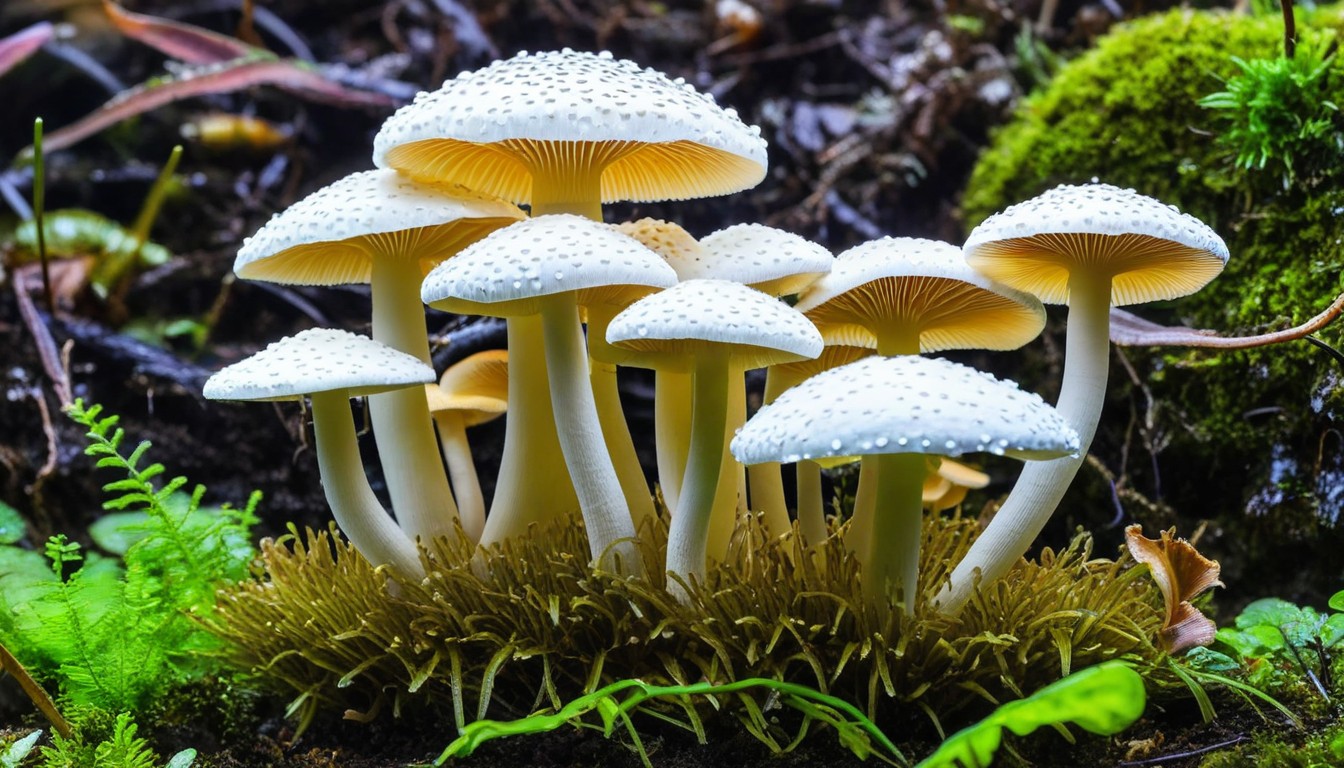
The next step in growing tidal wave mushrooms is inoculating the substrate with the mushroom spawn. This process involves mixing the spawn with the substrate to allow the mycelium to grow and spread throughout the growing medium.
Before you begin, make sure you have gathered all the necessary materials, including the substrate and mushroom spawn. The substrate should be fully prepared according to the previous section’s instructions, and the mushroom spawn should be stored in a cool, dry place until ready to use.
To inoculate the substrate, follow these steps:
- Prepare the workspace: Ensure your workspace is clean and free of contaminants. Clean your hands and any tools with rubbing alcohol to minimize the risk of introducing harmful bacteria or fungi.
- Add the spawn to the substrate: Sprinkle the mushroom spawn evenly over the surface of the substrate, using a spoon or your hands. The amount of spawn you need depends on the size of your container or growing area.
- Mix the substrate: Use a sterilized spoon or fork to mix the spawn into the substrate thoroughly. Be careful not to overmix, as this can cause the substrate to become compacted and affect the mycelium’s growth.
- Pat down the substrate: After mixing, pat the substrate down gently to create an even surface.
- Add a casing layer: Optionally, you can add a layer of casing material over the substrate to help regulate humidity and temperature. Casing materials can include vermiculite, peat moss, or coir.
- Seal the container: Cover the container with a lid or plastic wrap and poke small holes to allow for ventilation.
- Incubate: Place the container in a warm, dark location and wait for the mycelium to fully colonize the substrate. This can take several weeks, so be patient.
After the substrate is fully colonized, small mushroom pins will start to appear, and you can move on to the next stage of the growing process.
Maintaining Optimal Growing Conditions for Tidal Wave Mushrooms
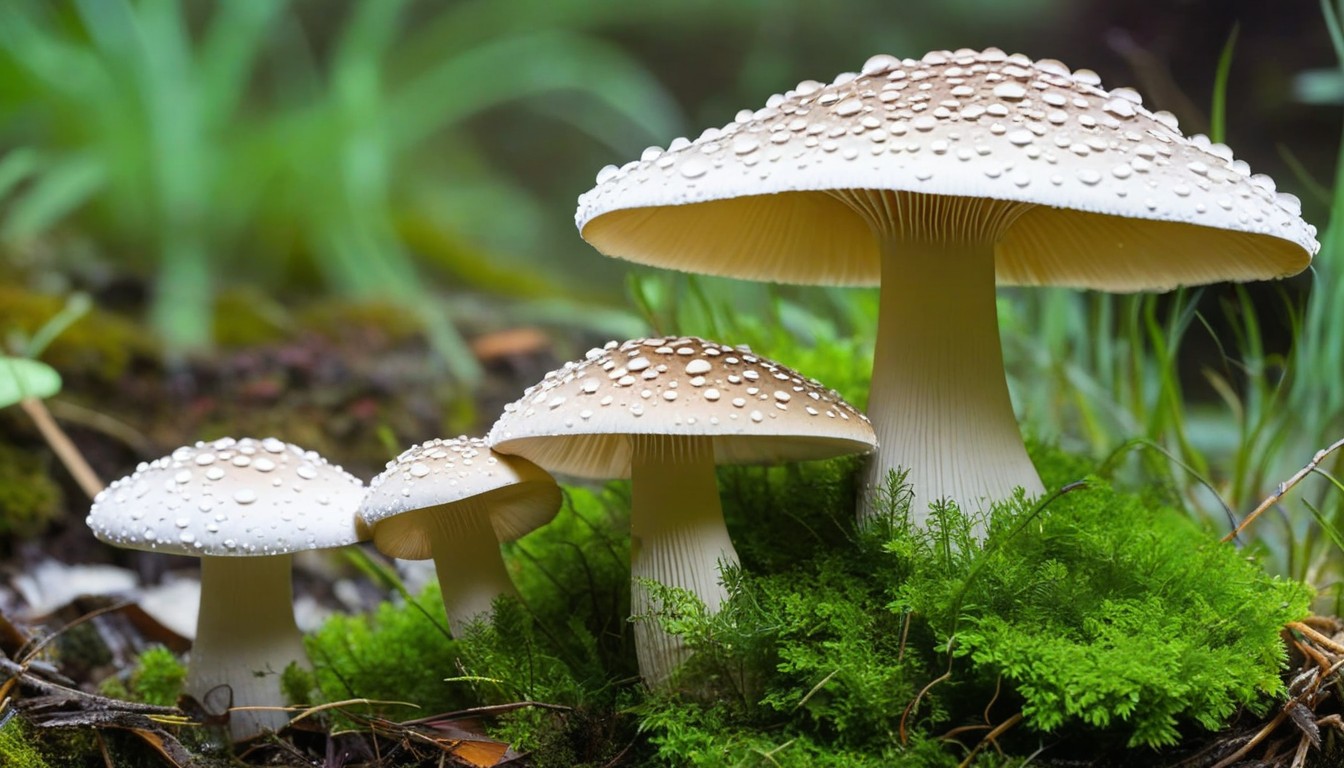
Once your tidal wave mushrooms start growing, it’s essential to maintain optimal conditions to ensure healthy growth and maximum flavor development. Proper mushroom care involves monitoring temperature, humidity, ventilation, and watering.
Temperature
Tidal wave mushrooms prefer a cool, dark environment, with a temperature range between 55-65°F. Avoid exposing your mushrooms to direct sunlight or extreme temperatures. If necessary, use a thermometer to track the temperature in your growing area.
Humidity
Maintaining a high level of humidity is essential for the growth of tidal wave mushrooms. They thrive in moist environments, with humidity levels between 90-95%. You can increase humidity levels by misting the growing area regularly or using a humidifier.
Ventilation
Good ventilation is crucial for preventing the growth of mold and other fungi that can harm your tidal wave mushrooms. Ensure that the growing area is well-ventilated to allow fresh air to circulate. You can achieve this by opening a window or using a fan. Just ensure that your mushrooms are not exposed to too much moving air.
Watering
Tidal wave mushrooms require consistent moisture levels for optimal growth. Water them regularly by misting the substrate or adding water to the growing container’s bottom tray. Use filtered or purified water to avoid introducing contaminants that can harm your mushrooms.
“Proper mushroom care is the key to growing healthy and flavorful tidal wave mushrooms. With the right temperature, humidity, ventilation, and watering, you can enjoy a bountiful harvest of delicious gourmet mushrooms.”
Harvesting and Storing Tidal Wave Mushrooms
Congratulations, your tidal wave mushroom crop is finally ready for harvesting! Here are some tips on how to do it correctly:
- Make sure to harvest the mushrooms when they reach their full size, but before the caps start to flatten out. The best time to harvest is in the morning when the mushrooms are firm and turgid.
- Using a sharp knife or scissors, cut the mushrooms at the base of the stem. Be careful not to damage the substrate or surrounding mushrooms.
- Avoid pulling the mushrooms out of the substrate as it can damage the mycelium and affect future yields.
- After harvesting, gently clean the mushrooms with a soft brush or damp cloth to remove any dirt or debris.
Now that you’ve harvested your tidal wave mushrooms, it’s time to store them properly:
|
Storage Method |
Duration |
Conditions |
|---|---|---|
|
Refrigeration |
Up to 1 week |
Sealed container, 35-45°F |
|
Freezing |
2-3 months |
Blanched mushrooms, airtight container, 0°F |
|
Drying |
6-12 months |
Dehydrator or oven, stored in an airtight container in a cool, dry place |
Remember to avoid washing the mushrooms before storing them, as excess moisture can cause them to spoil quickly. Now that you know how to harvest and store your tidal wave mushrooms properly, you can enjoy them in a wide range of dishes!
Dealing with Common Growing Challenges
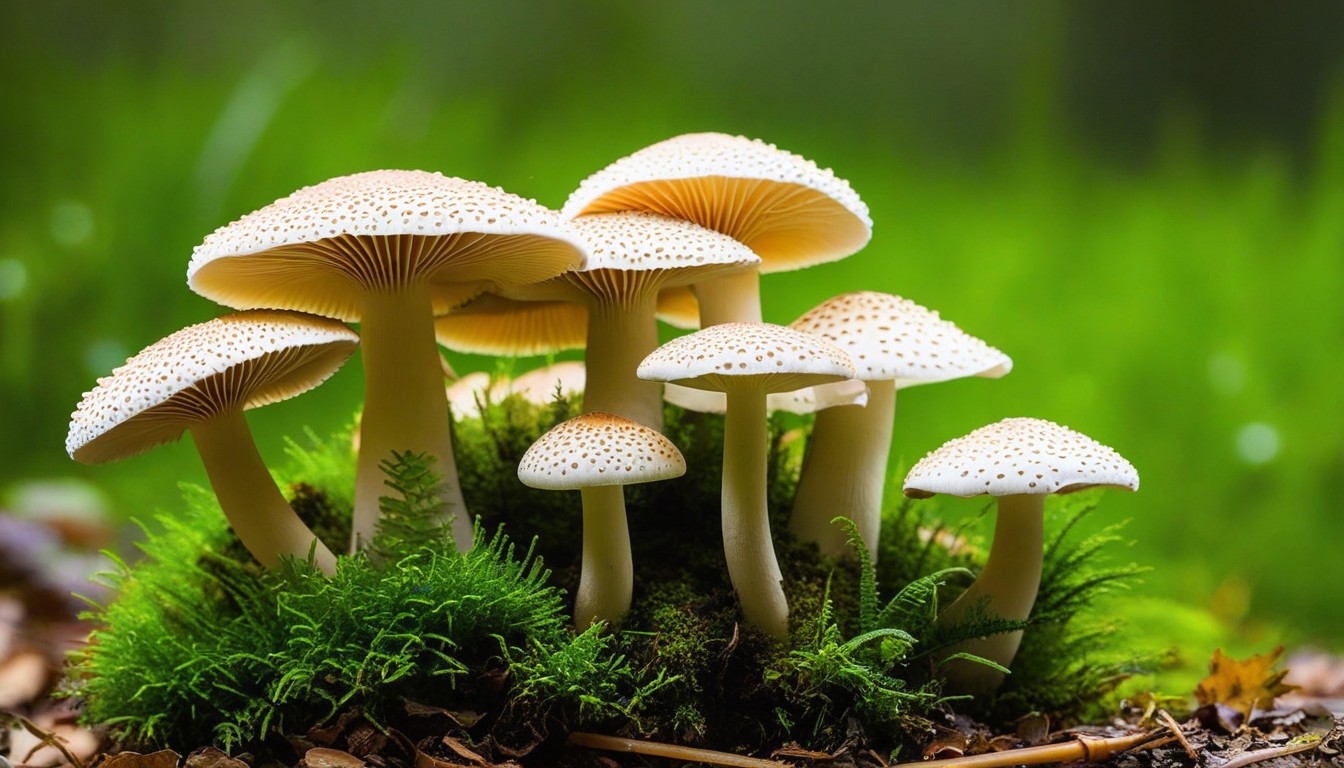
Despite your best efforts, you may encounter some common challenges when growing tidal wave mushrooms. Here are some of the most common issues and troubleshooting tips to help you overcome them:
Contamination
Contamination can occur if the environment is not sterile enough. The most common signs of contamination are weird colors on the substrate and a foul smell. If you notice these signs, it’s best to remove the contaminated substrate and start over. To avoid contamination, always use sterile equipment and follow the recommended growing conditions.
Poor Colonization
If your mushrooms are not colonizing the substrate properly, it could be due to low-quality spawn or inadequate environmental conditions. Make sure you are using high-quality spawn, and ensure the temperature, humidity, and light conditions are optimal for colonization.
Stunted or Slow Growth
If your mushrooms are growing slowly or stunted, it could be due to environmental conditions that are not suitable for optimal growth. Ensure proper temperature, humidity, and light conditions, and do not overwater the substrate.
Poor Yield
If you are not getting a good yield, it could be due to several factors such as poor substrate quality, inadequate environmental conditions, or using low-quality spawn. Make sure you are using high-quality substrate and spawn, and ensure the environmental conditions are optimal for mushroom growth.
Conclusion
Thank you for embarking on this exciting journey with us to learn how to cultivate tidal wave mushrooms in the comfort of your own home. We hope this guide has provided you with the knowledge and confidence to get started on your mushroom growing venture.
Taking Pride in Your Accomplishments
There’s no feeling quite like the satisfaction of growing your own gourmet mushrooms. Whether you’re a seasoned gardener or a beginner, the process of watching these unique and flavorful mushrooms emerge from your very own substrate is truly rewarding.
Exploring New Culinary Horizons
Growing tidal wave mushrooms not only provides a sense of accomplishment but also opens up new avenues for culinary exploration. From adding a flavorful punch to your favorite pasta dishes to creating a deliciously savory mushroom risotto, these delectable mushrooms offer endless possibilities for culinary creativity.
Looking Ahead
As you embark on your mushroom cultivation journey, remember to stay curious and adventurous. Don’t be afraid to experiment with different growing techniques and recipes. With each harvest, you will gain new insights and skills that will continue to enhance your mushroom growing experience.
Thank You!
Once again, thank you for joining us on this educational and fun-filled adventure. We wish you all the best in your mushroom growing endeavors and hope that you continue to enjoy the fruits of your labor for years to come.
FAQ
How long does it take to grow tidal wave mushrooms?
Tidal wave mushrooms typically take 10-14 days to grow from inoculation to harvest.
Can I grow tidal wave mushrooms indoors?
Yes, tidal wave mushrooms can be successfully grown indoors with the right growing conditions and proper care.
Where can I buy tidal wave mushroom spawn?
You can source high-quality tidal wave mushroom spawn from reputable suppliers and online mushroom cultivation stores.
What is the best substrate for growing tidal wave mushrooms?
Tidal wave mushrooms thrive on a substrate mixture of hardwood sawdust, soybean hulls, and wheat bran.
How often should I water my tidal wave mushrooms?
It is important to maintain consistent moisture levels in the growing substrate. Water your mushrooms lightly every 1-2 days.
What temperature is ideal for growing tidal wave mushrooms?
Tidal wave mushrooms prefer temperatures between 60-75°F (15-24°C) for optimal growth and development.
How can I troubleshoot common challenges in growing tidal wave mushrooms?
Common challenges such as contamination, slow growth, or discoloration can be managed by ensuring proper sterilization, maintaining clean conditions, and adjusting environmental factors.
How do I know when my tidal wave mushrooms are ready to harvest?
Tidal wave mushrooms are ready to harvest when the caps are fully expanded and the gills underneath are well-developed and rich in color.
Can I store harvested tidal wave mushrooms?
Yes, harvested tidal wave mushrooms can be stored in a paper bag or breathable container in the refrigerator for up to one week.

